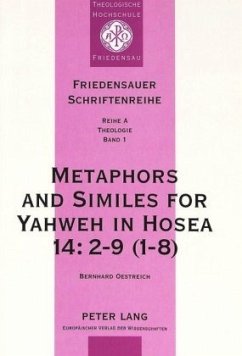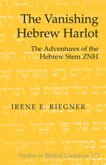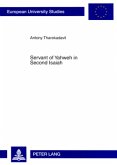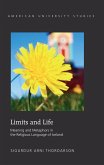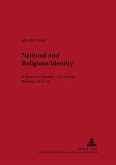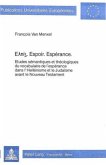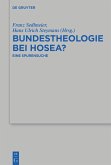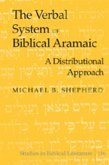Compared with the effort to interpret Hosea 1-3, the final chapter has been rather neglected. Additionally, the variety of explanations of biblical images in Hos 14 indicates a necessity to clarify the methods of their interpretation. The metaphors and similes of Hos 14:2-9 referring to Yahweh, healing, loving dew , and tree , are investigated. They are interpreted on the background of their language conventions. Thereby the actual usage in Hosea with its twists, alterations, and reversals becomes obvious. The study demonstrates that Hosea's metaphors and similes are deeply rooted in Israelite language traditions. They are not to be interpreted as literal description of cultic experiences. All the metaphors for Yahweh in Hos 14 are traditionally connected with kingship. They are used in such a way that they express an eschatological hope with Yahweh as Israel's king, however, without downgrading Yahweh's radical judgment.
"Mit der Dissertation zum Hoseabuch aus der Hand von Oestreich eröffnet der Peter Lang Verlag die neue Reihe 'Friedensauer Schriftenreihe - Theologie'. Und dieses Anfangswerk ist sogleich ein gelungener Auftakt, dem man noch weitere auf ähnlich hohem Niveau stehende Nachfolgebände wünscht." (David Volgger, Antonianum)

